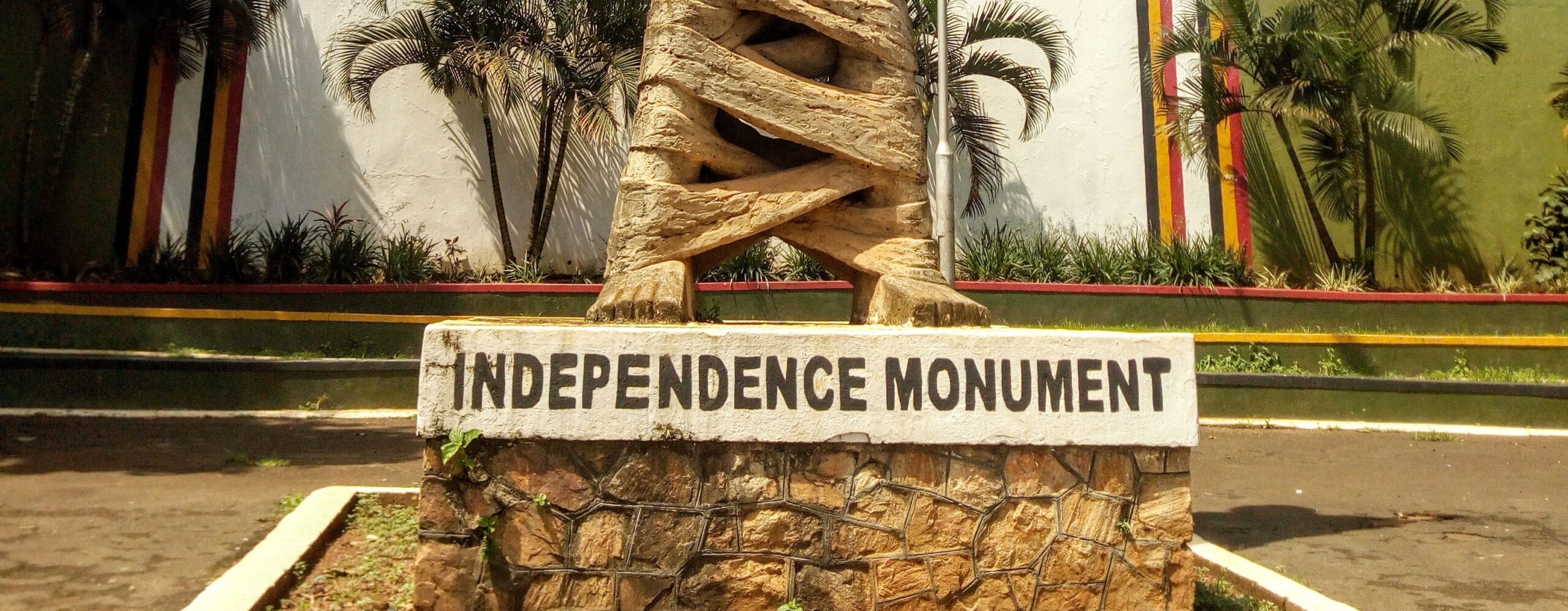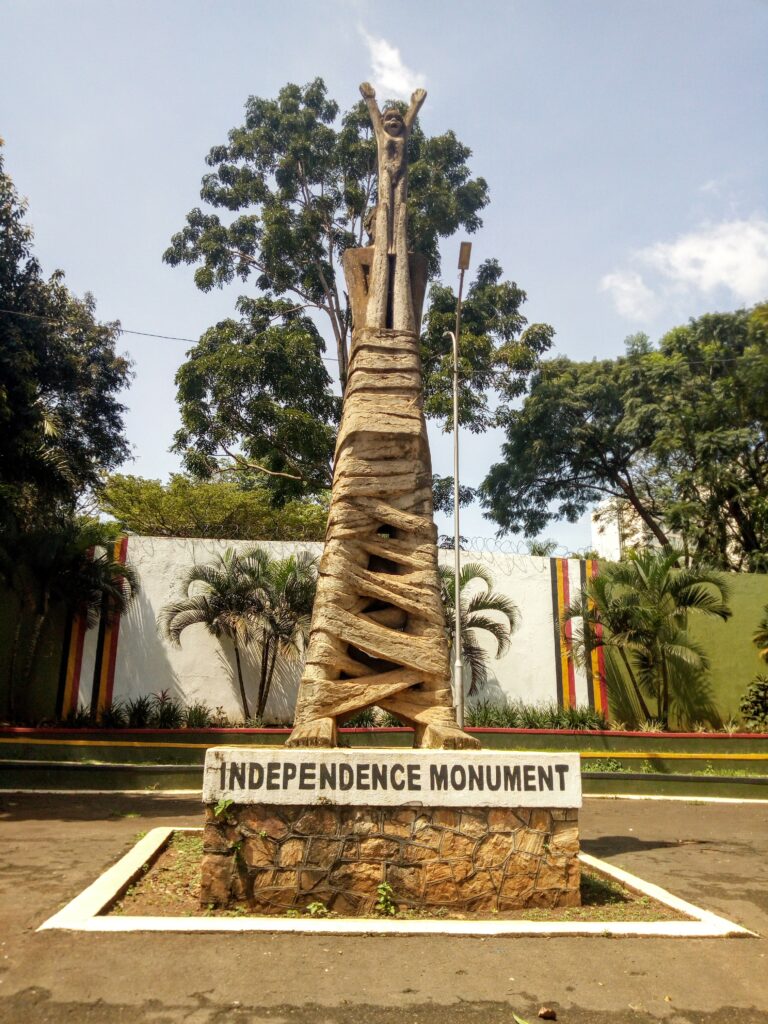
Independence of Uganda
Many forces were at play leading up to Ugandan independence. After the Second World War, Britain and the other European colonial powers began a process of decolonisation. Anti-colonial feeling contributed to the British desire to depart from Uganda. Under the governorship of Andrew Cohen in the 1950s, Uganda went through a series of reforms that were conceived to make Uganda ready for independence.

However, tensions that had built up during the British period stymied a smooth transition. Socio-economic disparities linked to region and religion threatened the unity of the state. Elections held in 1961 revealed these various divisions. Nevertheless, a relatively stable coalition government was formed between the Uganda People’s Congress and the Kabaka Yekka. UPC’s Milton Obote was made Prime Minister and led Uganda to independence.
See below, a British Pathé report on Ugandan independence day celebrations:
Share this Article
Our Funders

